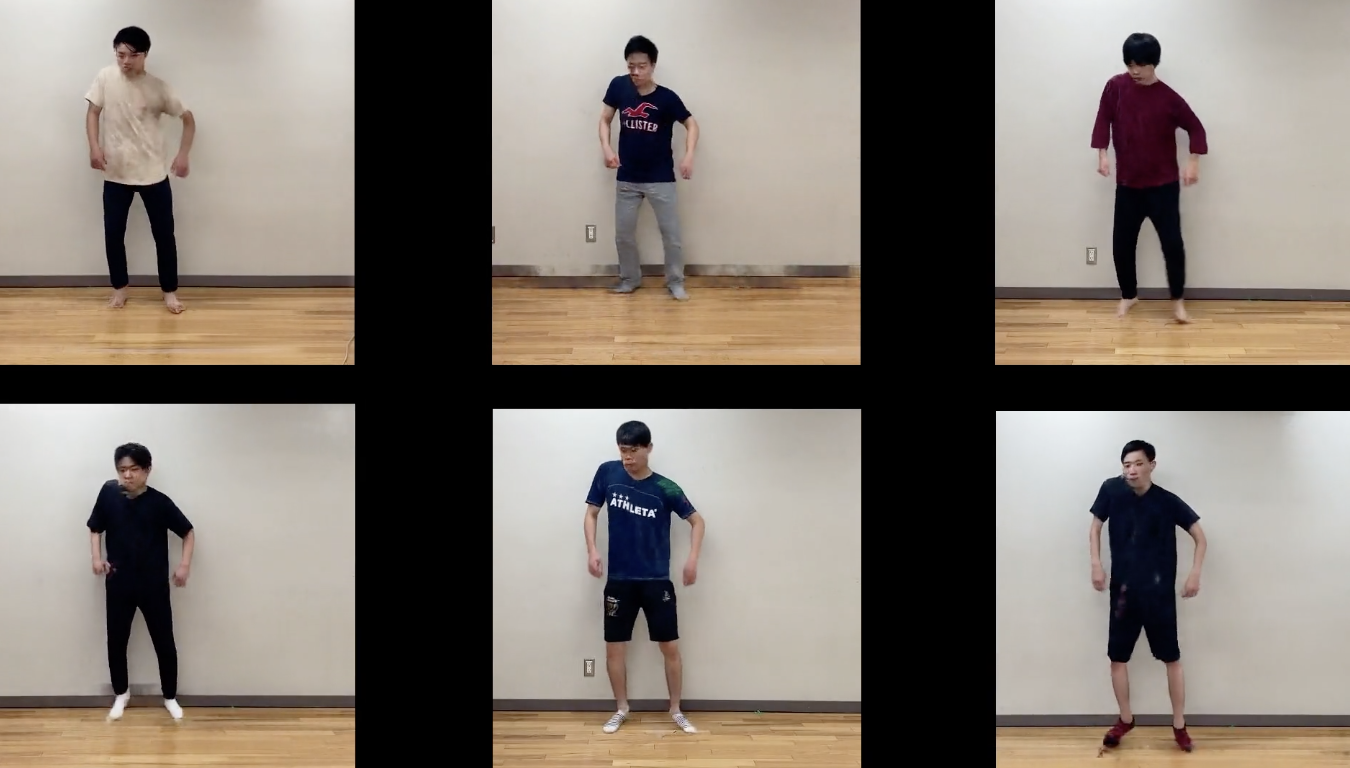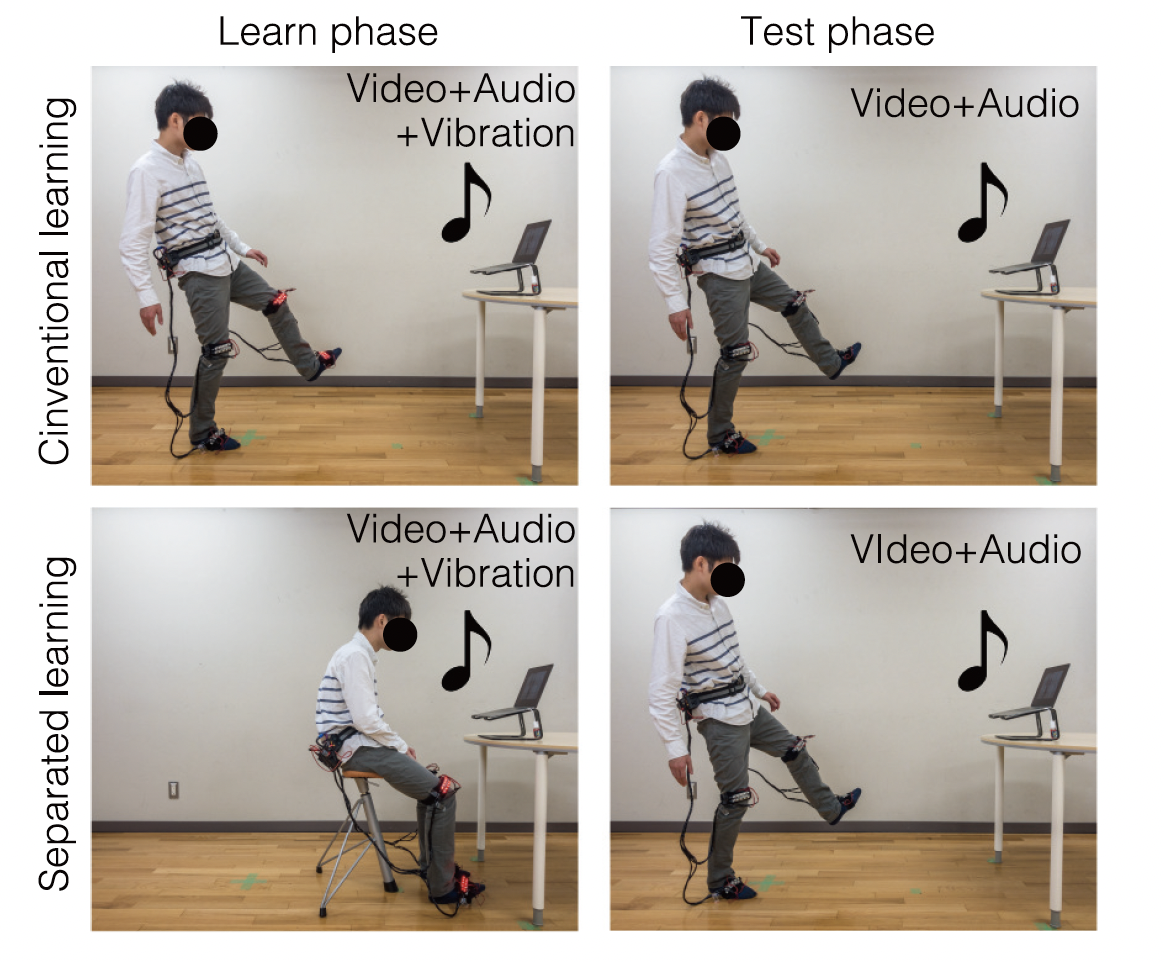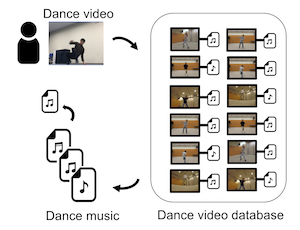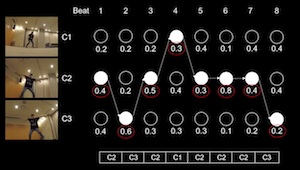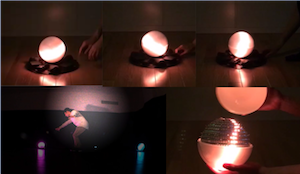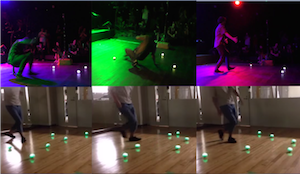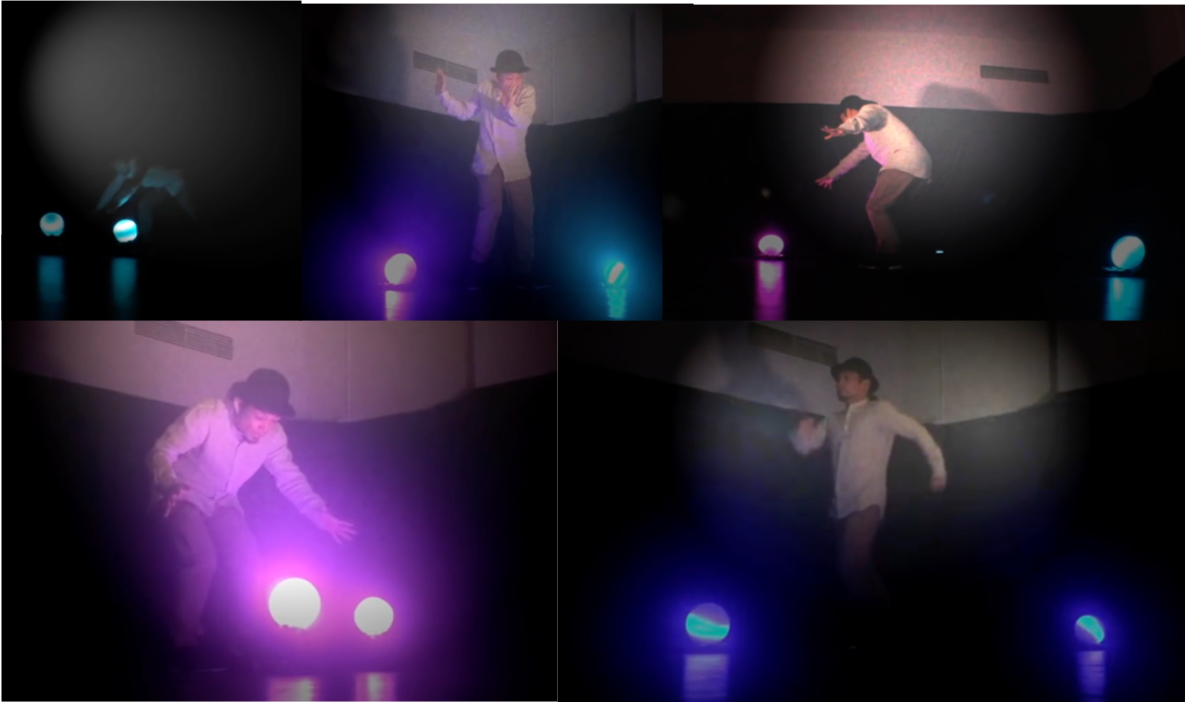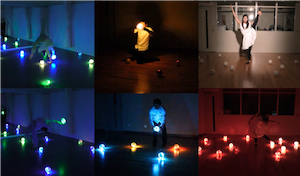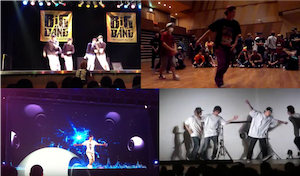01/4/2023
I started working at Ochanomizu University as
Senior Lecturer (Full time).

News
03/13/2023 - 03/16/2023
I joined Shonan meeting.
11/30/2022
I gave a presentation "Online Dance Lesson Support System Using Flipped Classroom" at MoMM2022.
11/28/2022
I gave a presentation "Effects on Separated Learning of
Acquiring Physical Movement Skills Classified by Level of Difficulty" at MoMM2022.
Research
Automatic Dance Video Segmentation for Understanding Choreography
Koki Endo*, Shuhei Tsuchida*, Tsukasa Fukusato, Takeo Igarashi (* = authors contributed equally)
Segmenting dance video into short movements is a popular way to easily understand dance choreography. However, it is currently done manually and requires a significant amount of effort by experts. In this paper, we propose a method to automatically segment a dance video into each movement. Given a dance video as input, we first extract visual and audio features: the former is computed from the keypoints of the dancer in the video, and the latter is computed from the Mel spectrogram of the music in the video. Next, these features are passed to a Temporal Convolutional Network (TCN), and segmentation points are estimated by picking peaks of the network output.
Dance Practice System that Shows What You Would Look Like if You Could Master the Dance
Shuhei Tsuchida, Hideaki Okamoto, Yuma Suzuki, Rintaro
Kanada, Takayuki Hori, Tsutomu Terada, Masahiko Tsukamoto
This study proposes a dance practice system allowing users to learn dancing by watching videos in which they have mastered the movements of a professional dancer. Video self-modeling, which encourages learners to improve their behavior by watching videos of exemplary behavior by themselves, effectively teaches movement skills. However, creating an ideal dance movement video is time-consuming and tedious for learners. To solve this problem, we utilize a video generation technique based on deepfake to automatically generate a video of the learners dancing the same movement as the dancer in the reference video.
Effects on Separated Learning of Acquiring Physical Movement Skills Classified by Level of Difficulty
Shuhei Tsuchida, Tsutomu Terada, Masahiko Tsukamoto
This study developed a system to provide informative presentations on learning dance steps. The system was evaluated to determine whether it can be applied to learning dance steps and whether the level of difficulty affects separated learning.
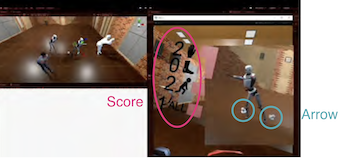
Online Dance Lesson Support System Using Flipped Classroom
Shuhei Tsuchida, Daichi Shimizu, Kanako Shibasaki, Tsutomu
Terada, Masahiko Tsukamoto
This study proposes an online dance lesson support system that enables instructors to remotely but effectively teach multiple learners. We initially focus on the framework of online dance lessons and subsequently propose a lesson style that applies to flipped classrooms. We aim to provide a new lesson style for on-demand lessons and real-time lessons using deep learning techniques.
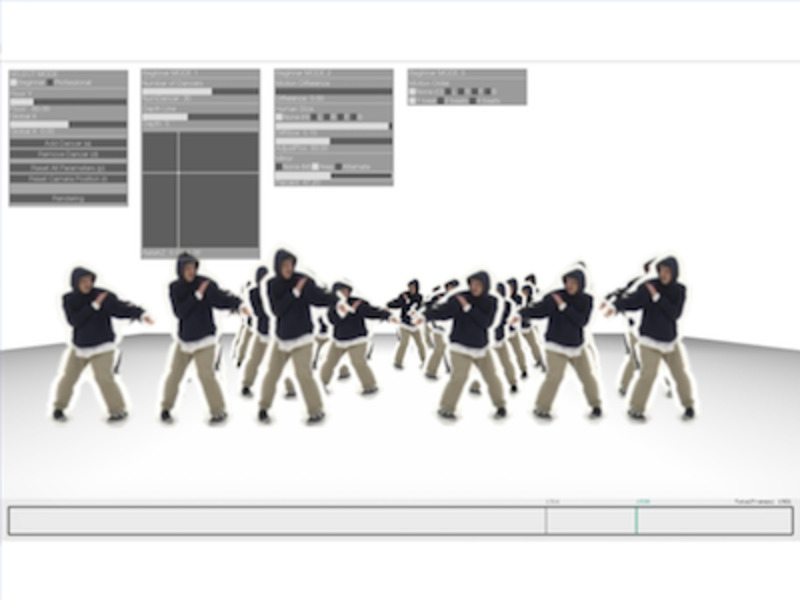
DanceUnisoner: A Parametric, Visual, and Interactive Simulation Interface for Choreographic Composition of Group Dance
Shuhei Tsuchida, Satoru Fukayama, Masataka Goto
Composing choreography is challenging because it involves numerous iterative refinements. According to our video analysis and interviews, choreographers typically need to imagine dancers’ movements to revise drafts on paper since testing new movements and formations with actual dancers takes time. To address this difficulty, we present an interactive group-dance simulation interface, DanceUnisoner, that assists choreographers in composing a group dance in a simulated environment.
AIST Dance Video Database: Multi-genre, Multi-dancer, and Multi-camera Database for Dance Information Processing
Shuhei Tsuchida, Satoru Fukayama, Masahiro Hamasaki and
Masataka Goto
AIST Dance Video Database is the first large-scale database containing original street dance videos with copyright-cleared music. It accelerates research of dance information processing such as dance-motion classification and dancer identification.
Query-by-Dancing: A Dance Music Retrieval System Based on Body-Motion Similarity
Shuhei Tsuchida, Satoru Fukayama and Masataka Goto
We developed our Query-by-Dancing system, which uses a video of a dancer (user) as the input query to search a database of dance videos.
Automatic System for Editing Dance Videos Recorded by Multiple Cameras
Shuhei Tsuchida, Satoru Fukayama and Masataka Goto
We present a system that automatically edits dance-performance videos taken from multiple viewpoints into a more attractive and sophisticated dance video.
Mimebot: Sphere-shaped Mobile Robot Imitating Rotational Movement
Shuhei Tsuchida, Tatsuya Takemori, Tsutomu Terada and
Masahiko Tsukamoto
We propose a mobile robot that can give the audience the optical illusion of the unique movements of a sphere by mounting a spherical light-emitting diode (LED) display on a high-agility wheeled robot.
A Dance Performance Environment in which Performers Dance with Multiple Robotic Balls
Shuhei Tsuchida, Tsutomu Terada and Masahiko Tsukamoto
We developed a system that enables performers to freely create performances with multiple robotics balls that can move omunidirectionnally and have full color LEDs.
A System for Practicing Formations in Dance Performance Supported by Self-propelled Screen
Shuhei Tsuchida, Tsutomu Terada and Masahiko Tsukamoto
We propose a practice-support system for performing the formation smoothly using a self-propelled screen even if there is no dance partner.
Works
Mimebots
Mimebots use illusory light effects to give the audience the impression that the sphere is rolling.


